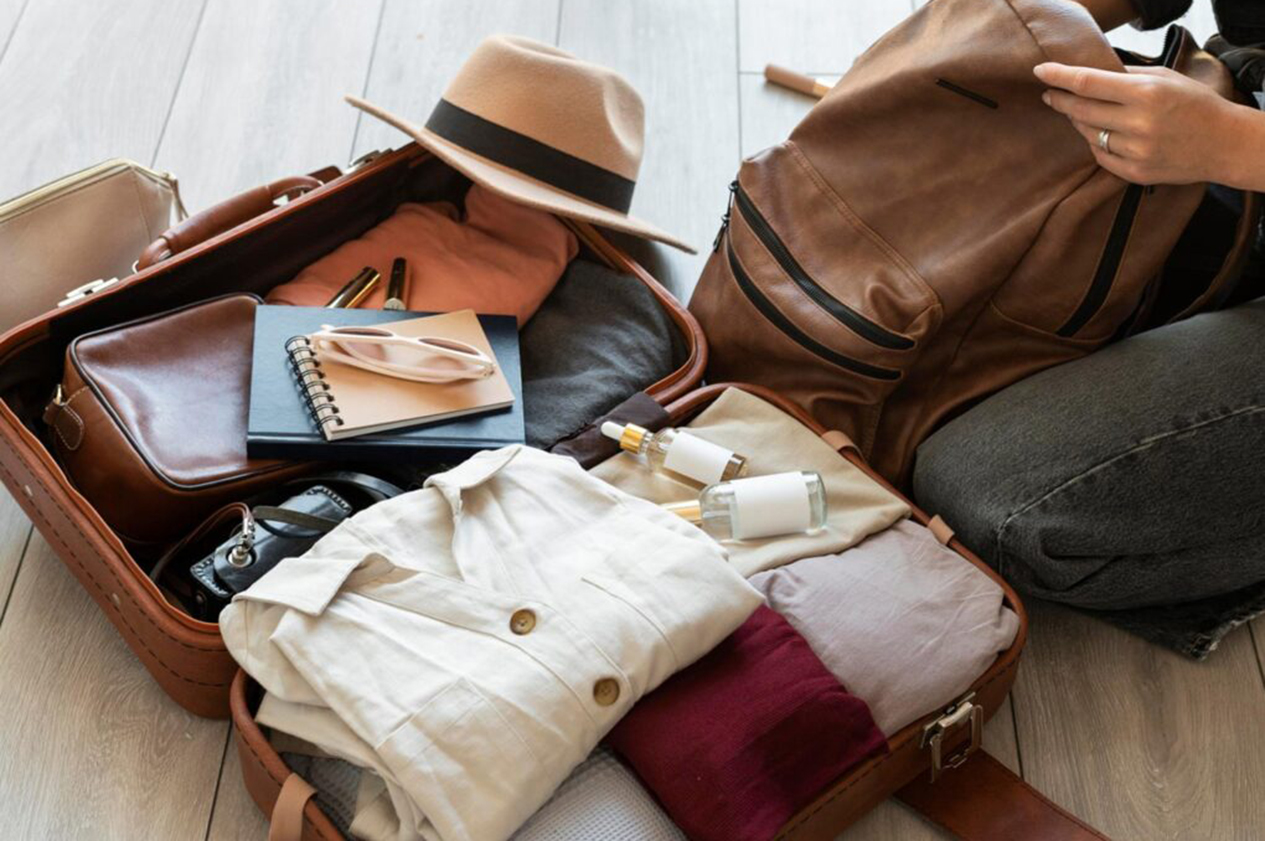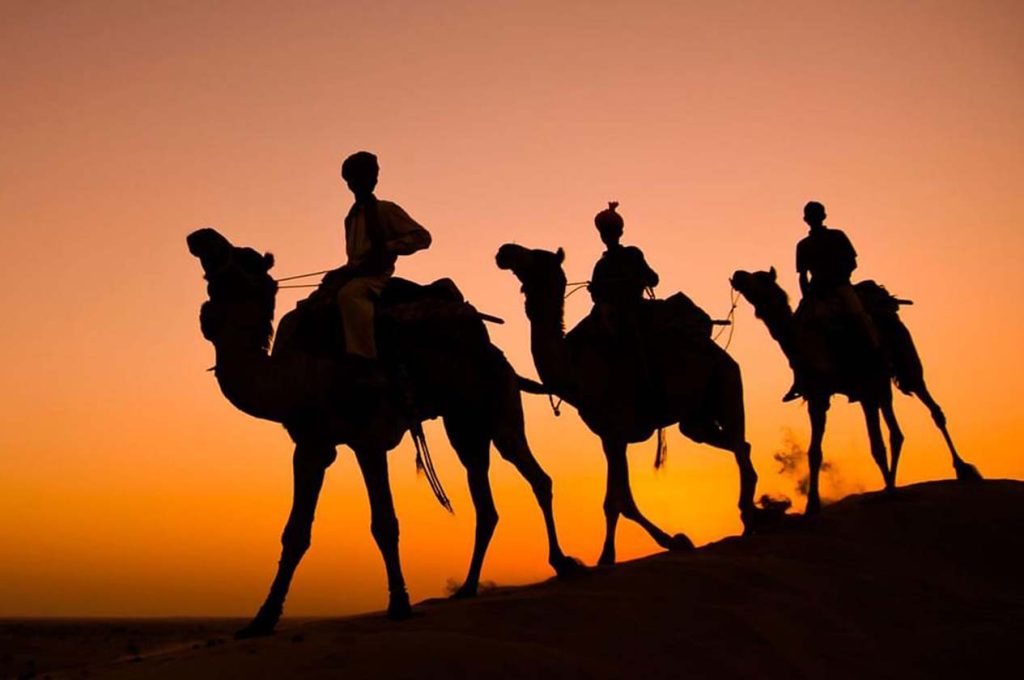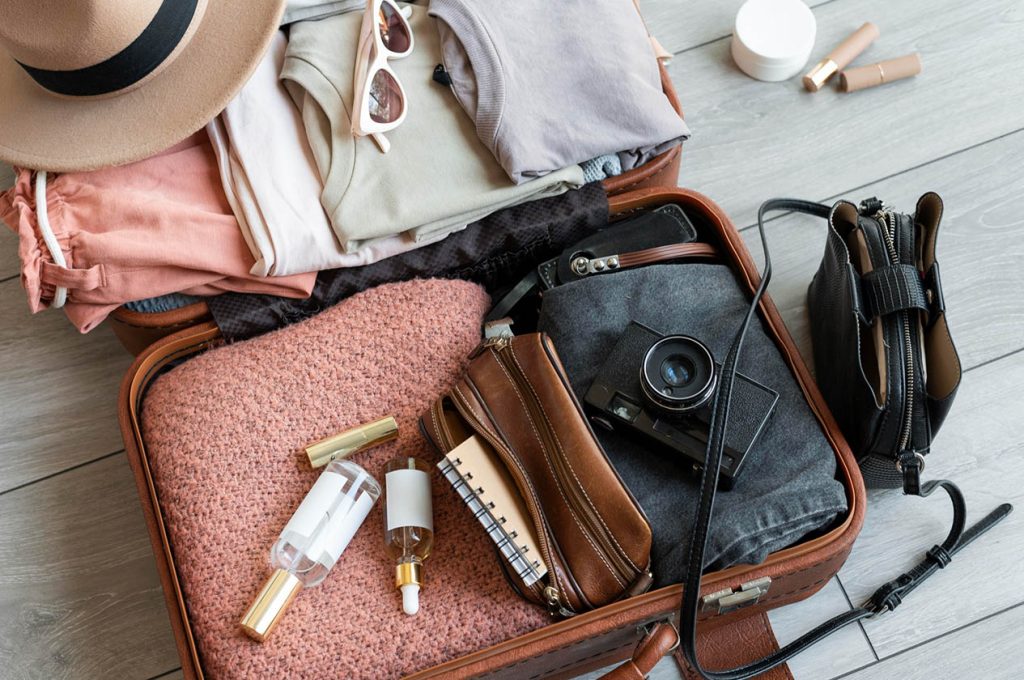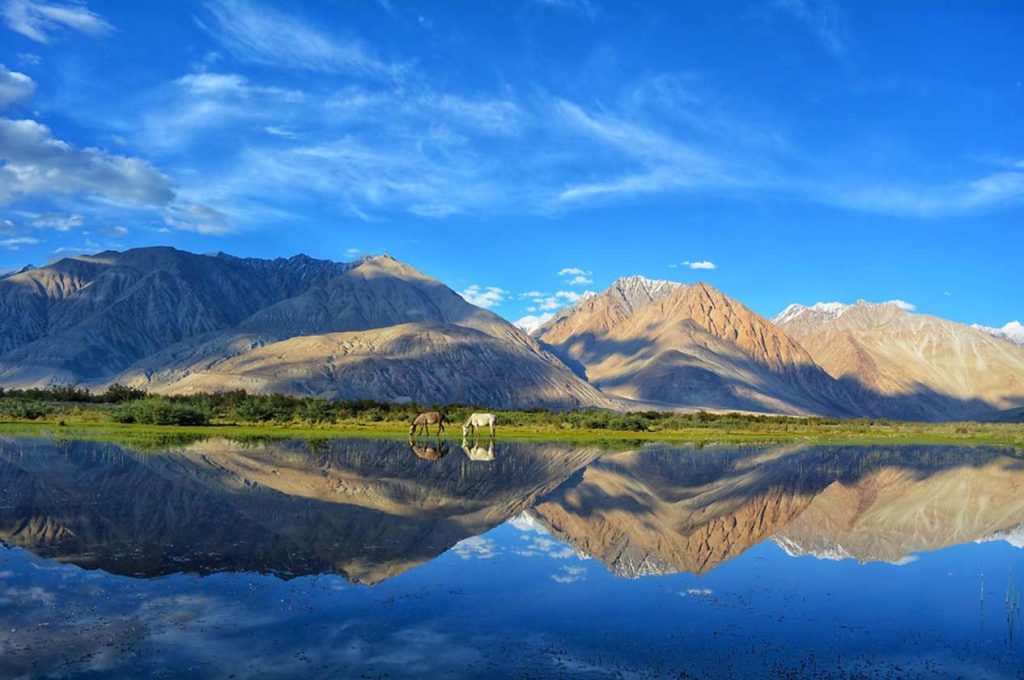I’ve had the pleasure of visiting Melbourne multiple times. This vibrant Australian city never ceases to amaze me with its rich cultural diversity, world-class dining, and fantastic art scene. Whether you’re planning your first trip to Melbourne or returning to discover more, there are certain tips and tricks that can truly elevate your experience. I’ll share some of my personal insights, from packing essentials to navigating the local culture, budgeting tips, and how to get the most out of Melbourne’s public transport. I’ll also recommend some day trips and insurance options to ensure your journey is both enjoyable and hassle-free.
1. Packing Essentials for a Melbourne Trip
One of the first things to consider before heading to Melbourne is what to pack. Given Melbourne’s notorious reputation for having “four seasons in one day,” it’s essential to be well-prepared.
Clothing
Melbourne’s weather can be unpredictable. Even in summer, mornings and evenings can be quite cool, while midday temperatures may soar. Here’s what I usually pack:
- Layers, layers, and more layers: Lightweight sweaters, jackets, and scarves are perfect for layering.
- Comfortable walking shoes: Melbourne is a city best explored on foot, so bring comfortable shoes for long strolls.
- Rain gear: Melbourne experiences regular showers, so a compact umbrella or a waterproof jacket is a must.
- Sunscreen and sunglasses: The Australian sun can be harsh, so be sure to protect your skin and eyes, even in winter.
- Casual yet chic outfits: Melbourne is a stylish city. You don’t need to be overly formal, but the city appreciates good style, especially in its trendy neighborhoods.
Other Essentials
- Reusable water bottle: Melbourne’s tap water is clean and safe to drink, so carrying a water bottle will save you money and help reduce plastic waste.
- Power adapters: If you’re traveling from outside Australia, you’ll need a Type I adapter to charge your electronics.
- Daypack: A small backpack is handy for keeping all your essentials close while exploring the city.
2. Understanding Melbourne’s Weather
Melbourne’s climate is a mixed bag, and locals often joke about experiencing all four seasons in one day. Here’s a rough guide to help you understand the best time to visit and how to prepare for the weather.
Summer (December to February)
Melbourne’s summer is generally warm, but heatwaves can bring scorching temperatures above 35°C (95°F). However, evenings can be cool, so keep a light jacket handy. Hydration and sun protection are crucial during the summer months.
Autumn (March to May)
Autumn in Melbourne is my favorite time to visit. The weather is mild, with temperatures ranging from 10°C to 25°C (50°F to 77°F), and the city’s parks are painted in beautiful autumnal hues. Layering is essential as the days can start cool and warm up later.
Winter (June to August)
Melbourne winters are chilly, with average temperatures between 6°C and 15°C (43°F to 59°F). Pack warm clothing like coats, sweaters, and boots. The city’s cafes and restaurants offer cozy spots to warm up.
Spring (September to November)
Spring is another beautiful time to visit, with temperatures ranging from 10°C to 20°C (50°F to 68°F). It’s also the season for festivals, flowers, and outdoor activities.
3. Melbourne’s Cultural Landscape
Melbourne is often considered Australia’s cultural capital, and I couldn’t agree more. The city’s artsy vibe is palpable in every corner, from its museums and galleries to the live music and theater scene.
Local Etiquette
- Melburnians are laid-back but value politeness and respect. Simple gestures like saying “please” and “thank you” go a long way.
- Tipping is not mandatory in Australia, but it’s appreciated for exceptional service. I usually tip 10% in restaurants if the service is great.
Cultural Diversity
Melbourne is one of the most multicultural cities in the world. Walking through the city, you’ll hear a multitude of languages and encounter different cuisines from Greek, Italian, Chinese, Vietnamese, and many more cultures. This diversity is reflected in its food, festivals, and neighborhoods, making Melbourne an exciting place to explore.
Festivals and Events
Melbourne is known for its vibrant events calendar. Whenever I visit, I try to plan around some of the city’s major events, such as the Melbourne International Comedy Festival, Melbourne Food and Wine Festival, and the Melbourne Cup Carnival.
4. Currency and Budgeting
When it comes to budgeting, Melbourne can be a little pricey compared to other cities in Australia, but with some planning, you can stretch your dollar further.
Currency Exchange
Australia uses the Australian Dollar (AUD). When exchanging money, I recommend avoiding airport currency exchange services due to their high fees. Instead, look for exchange bureaus in the city or use ATMs to withdraw money in the local currency.
Budgeting Tips
- Meals: On average, a meal at a mid-range restaurant will cost you around AUD 20–35. I often save money by grabbing lunch from street food vendors or visiting food markets like Queen Victoria Market, where meals can be as low as AUD 10.
- Coffee: Melbourne’s coffee scene is world-famous, and I never visit without indulging in a cup or two. Expect to pay around AUD 4–5 for a flat white.
- Attractions: Many of Melbourne’s attractions, like the Royal Botanic Gardens or National Gallery of Victoria (NGV), are free. For paid attractions, budget AUD 20–50 per person.

Transport
Melbourne’s public transport is affordable and efficient. I’ll dive into this next.
5. Navigating Public Transport in Melbourne
One of the things I love about Melbourne is how easy it is to get around using public transport. The city’s extensive network of trams, buses, and trains makes it convenient to explore all its nooks and crannies.
Myki Card
To use public transport in Melbourne, you’ll need a Myki card, which is a smart card for trains, trams, and buses. You can purchase a Myki card at major train stations, 7-Eleven stores, and Myki machines around the city. A card costs AUD 6 (non-refundable), and you’ll need to top it up with credit.
For a short stay, I recommend loading around AUD 20–30, which should cover most of your trips. You can top up your card online or at stations.
Trams vs. Trains
- Trams are the most iconic form of public transport in Melbourne. The Free Tram Zone in the city center allows you to hop on and off without using your Myki card. This is great for exploring areas like Flinders Street, Docklands, and Bourke Street Mall.
- Trains are more efficient for traveling to outer suburbs or further afield. During my visits, I find trains to be faster and more reliable when traveling to places like Fitzroy or St. Kilda.
Public Transport Safety Tips
Melbourne’s public transport is generally safe, but here are a few tips:
- Avoid peak hours (7–9 AM and 5–7 PM) if possible, as trams and trains can be packed.
- Keep an eye on your belongings, especially in crowded areas.
6. Melbourne Street Food: What to Try and Where
Melbourne is a food lover’s paradise, and no trip is complete without sampling some of its famous street food. Here are some of my favorite bites:
- Banh Mi (Vietnamese Sandwich): Head to Richmond or Footscray for the best banh mi in the city. The combination of crusty bread, fresh herbs, and succulent pork or chicken is irresistible.
- Gozleme (Turkish Flatbread): The Queen Victoria Market is my go-to spot for this delicious, freshly grilled Turkish flatbread stuffed with spinach, feta, and meat.
- Melbourne Hot Dogs: The food trucks at Docklands offer some of the best gourmet hot dogs in the city. I always go for the classic with onions and mustard.
Street Food Safety Tips
- Look for busy vendors: Crowds usually indicate a popular and trustworthy spot.
- Check for cleanliness: Ensure the vendor has proper hygiene practices and the food is served fresh.
7. Getting a Local SIM Card
Staying connected while traveling is important, and getting a local SIM card is the best way to avoid international roaming charges. Upon arrival, I always head to one of the following places to grab a SIM card:
- Telstra
- Optus
- Vodafone
You can buy SIM cards at the airport, convenience stores, or directly from these telecom stores. A prepaid SIM card typically costs around AUD 10–30, depending on the data package. I recommend Telstra for the best coverage, especially if you plan to take day trips outside the city.
8. 5-Day Mini Itinerary for Melbourne
Planning a 5-day trip to Melbourne? Here’s a suggested itinerary that balances sightseeing, food, and culture.
Day1: Explore the City Center
- Flinders Street Station: Start your journey at this iconic railway station.
- Federation Square: Walk across the street to Fed Square for art galleries and cafes.
- National Gallery of Victoria: Spend the afternoon exploring Australia’s oldest and most visited art museum.
- Laneway Tour: Discover Melbourne’s hidden laneways and street art.
Day 2: Royal Botanic Gardens & Southbank
- Royal Botanic Gardens: Wander through this sprawling green oasis.
- Shrine of Remembrance: A short walk from the gardens, this memorial offers stunning views of the city.
- Southbank Promenade: End the day with dinner at one of the riverside restaurants.
Day 3: St. Kilda and Brighton Beach
- St. Kilda Beach: Enjoy a leisurely morning on the beach, or visit Luna Park.
- Brighton Beach: Take a short train ride to Brighton to see the colorful bathing boxes.
Day 4: Fitzroy & Collingwood
- Fitzroy: This hipster neighborhood is full of boutique shops, galleries, and cafes.
- Smith Street: Explore Collingwood’s cool bars and vintage stores.
Day 5: Day Trip to the Great Ocean Road
- Great Ocean Road: Hire a car or book a tour to experience one of the world’s most scenic coastal drives, with stops at the Twelve Apostles and Loch Ard Gorge.
9. Day Trip Recommendations from Melbourne
One of the best things about Melbourne is how many incredible destinations are just a short drive away. Here are my top three day-trip suggestions:
1. Great Ocean Road
This iconic drive is a must-do, offering stunning coastal views, surf beaches, and natural rock formations like the Twelve Apostles. I highly recommend renting a car or joining a tour. Plan for a full-day excursion to make the most of this trip.
2. Yarra Valley
If you love wine, Yarra Valley is the place to be. Just an hour’s drive from the city, this region is home to some of Australia’s finest wineries. I suggest booking a winery tour, which usually includes tastings and transportation.
3. Phillip Island
Just two hours from Melbourne, Phillip Island is famous for its wildlife, especially the Penguin Parade, where you can watch penguins return to shore at sunset.
10. Insurance Recommendations
I always travel with insurance, especially when heading overseas. For my Melbourne trips, I’ve used World Nomads, which offers comprehensive coverage for medical emergencies, trip cancellations, and lost baggage.
- Medical coverage: Up to AUD 5 million, which is more than enough for most emergencies.
- Cancellation protection: Reimbursement if your trip is cut short due to unforeseen circumstances.
- Baggage loss/theft: Coverage for lost or stolen items during your trip.
I find their platform user-friendly, and the claims process has always been smooth in my experience.
Melbourne is a city that’s rich in culture, diverse in its offerings, and packed with endless things to see and do. From navigating its efficient public transport system to indulging in its vibrant street food scene, my trips to Melbourne have always been full of excitement and new discoveries.

By following these tips, you’ll be well-equipped to make the most of your Melbourne adventure. Whether you’re exploring the hidden laneways, relaxing in lush gardens, or taking day trips to the coast, Melbourne has something to offer every traveler. So, pack your bags, grab your Myki card, and get ready for an unforgettable trip to one of Australia’s most captivating cities.




